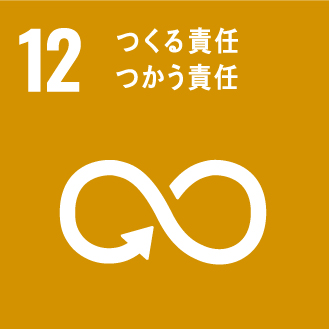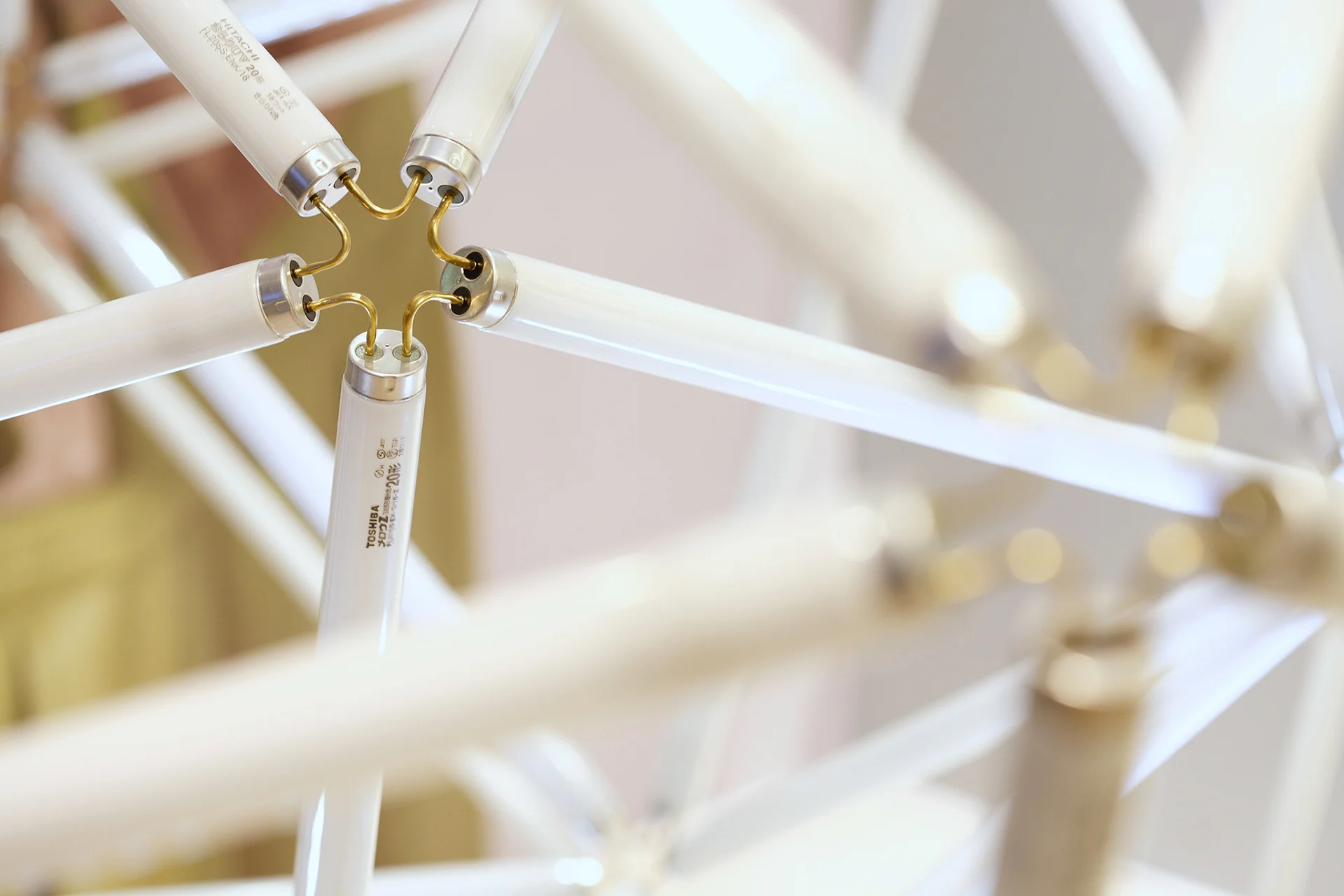
PROJECT
FLUOLESS
Experimental spatial design repurposing discarded fluorescent tubes. Raises environmental awareness while demonstrating new upcycling possibilities.
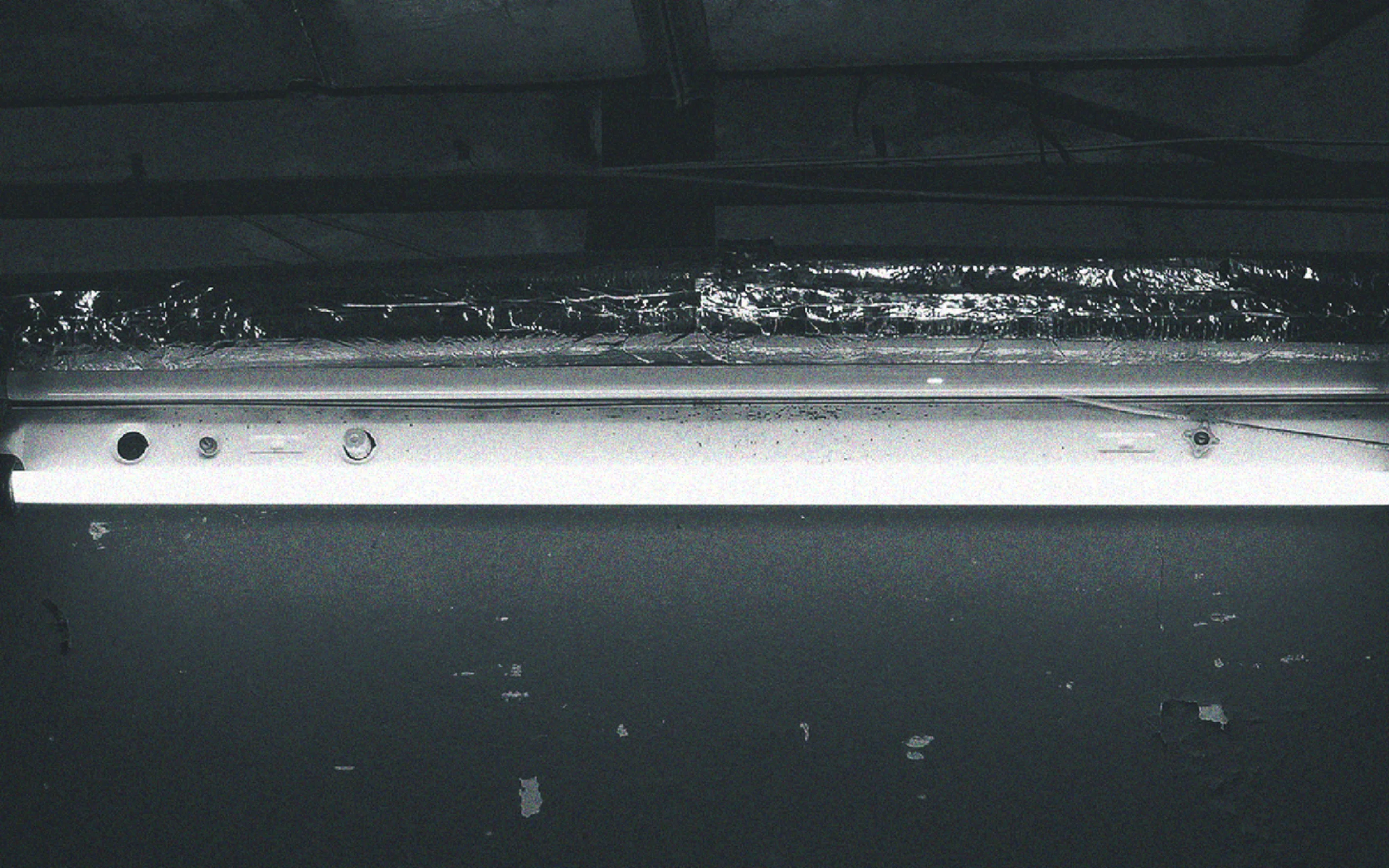
WHY
Alerting harmful effects of mercury found in fluorescent lamps.
“FLUOLESS” was an experiment to create a large crystal structure from a bunch of used fluorescent lights. There is approximately 400 million fluorescent lights discarded annually. In Japan, 75,000 tons of used fluorescent lights are throw as waste. 85% of these are thrown into the ocean, still containing gaseous mercury. Moreover, as it is toxic, it is therefore difficult to recycle this into fine and pure material. At the same time, fluorescent lights are difficult to recycle, as they include various harmful materials, making it complicated to extract such high-purity substances.

HOW
Challenge to upcycle used fluorescent lamps.
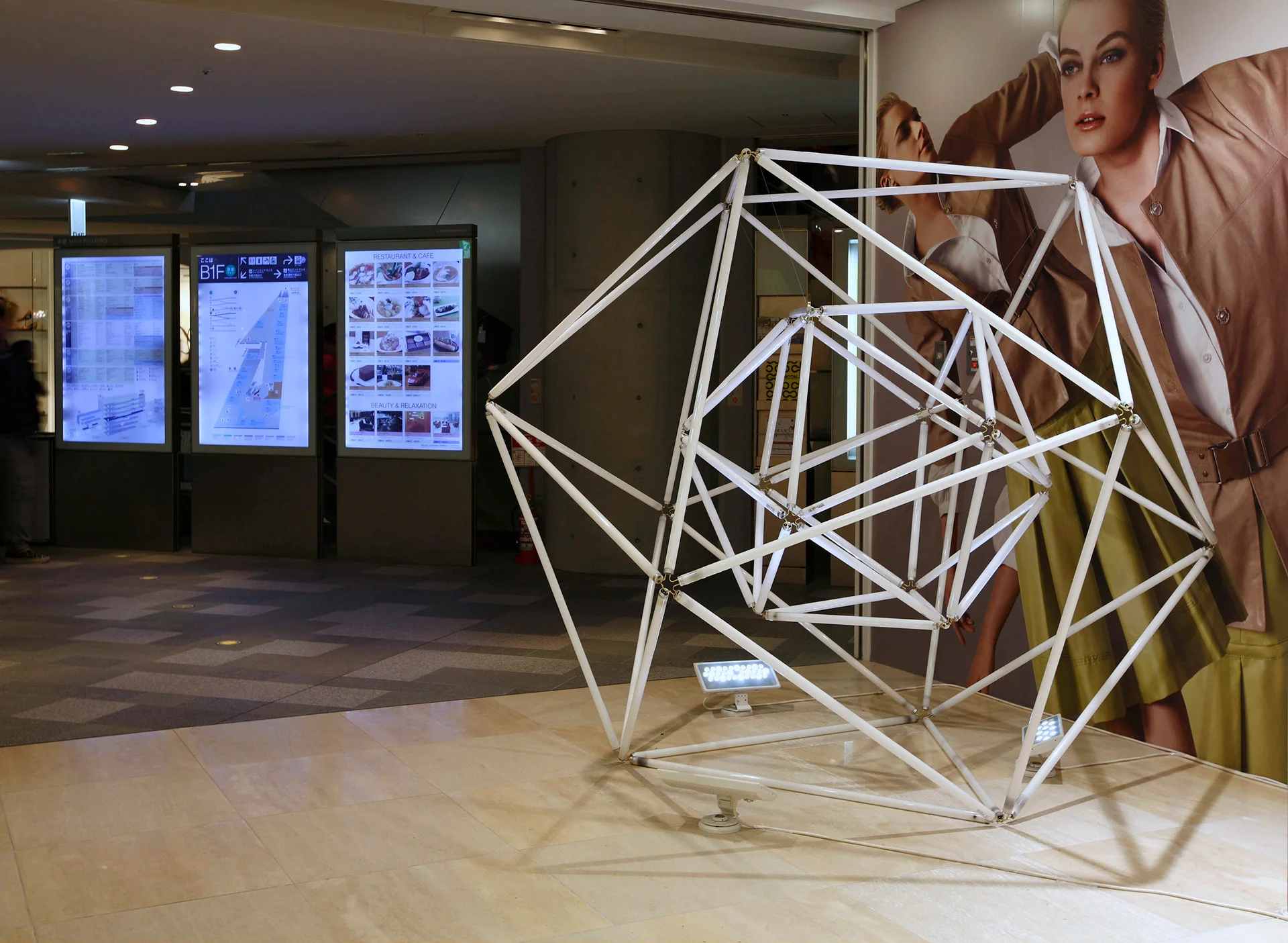
We questioned whether it was possible to design retaining the discarded fluorescent lamps pure form as much as possible, to appeal to the people’s hearts again. This experimental project uses the discarded fluorescent lights as a material, designed within a space. The name FLUOLESS stands for the meaning of something as a whole (FLOW) resulted by a loss (LESS) of fluorescent lights (FLUORESCENT).
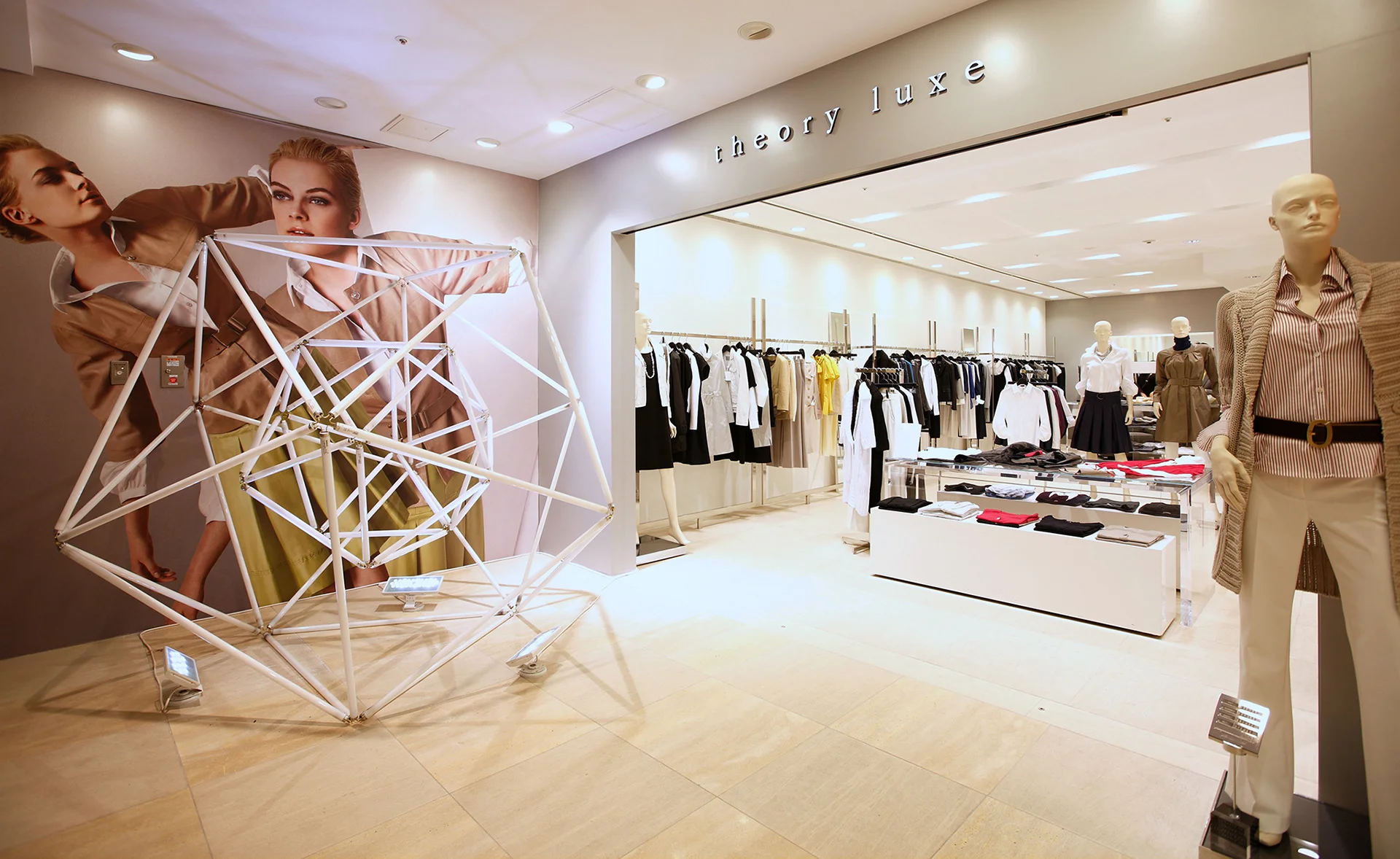
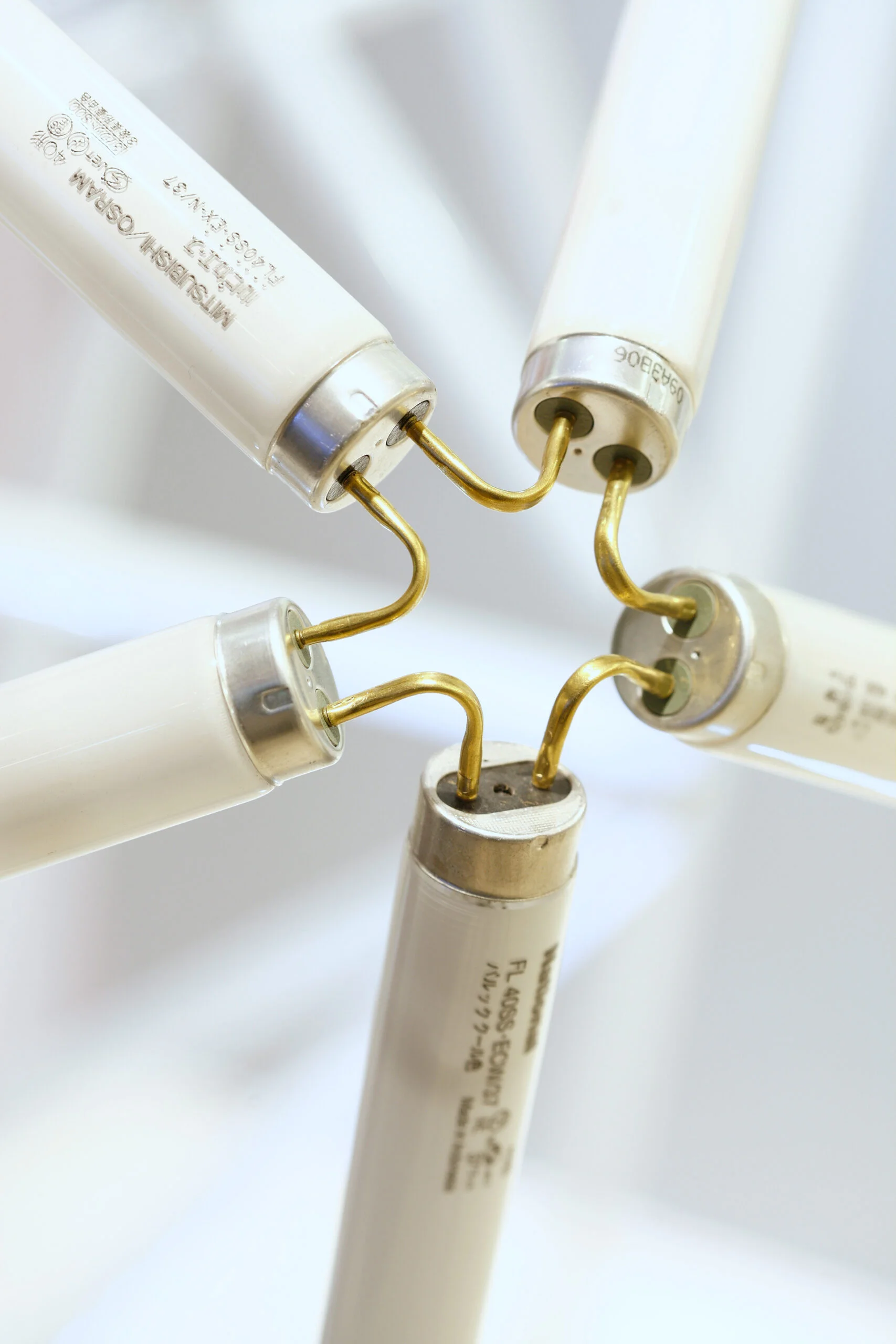
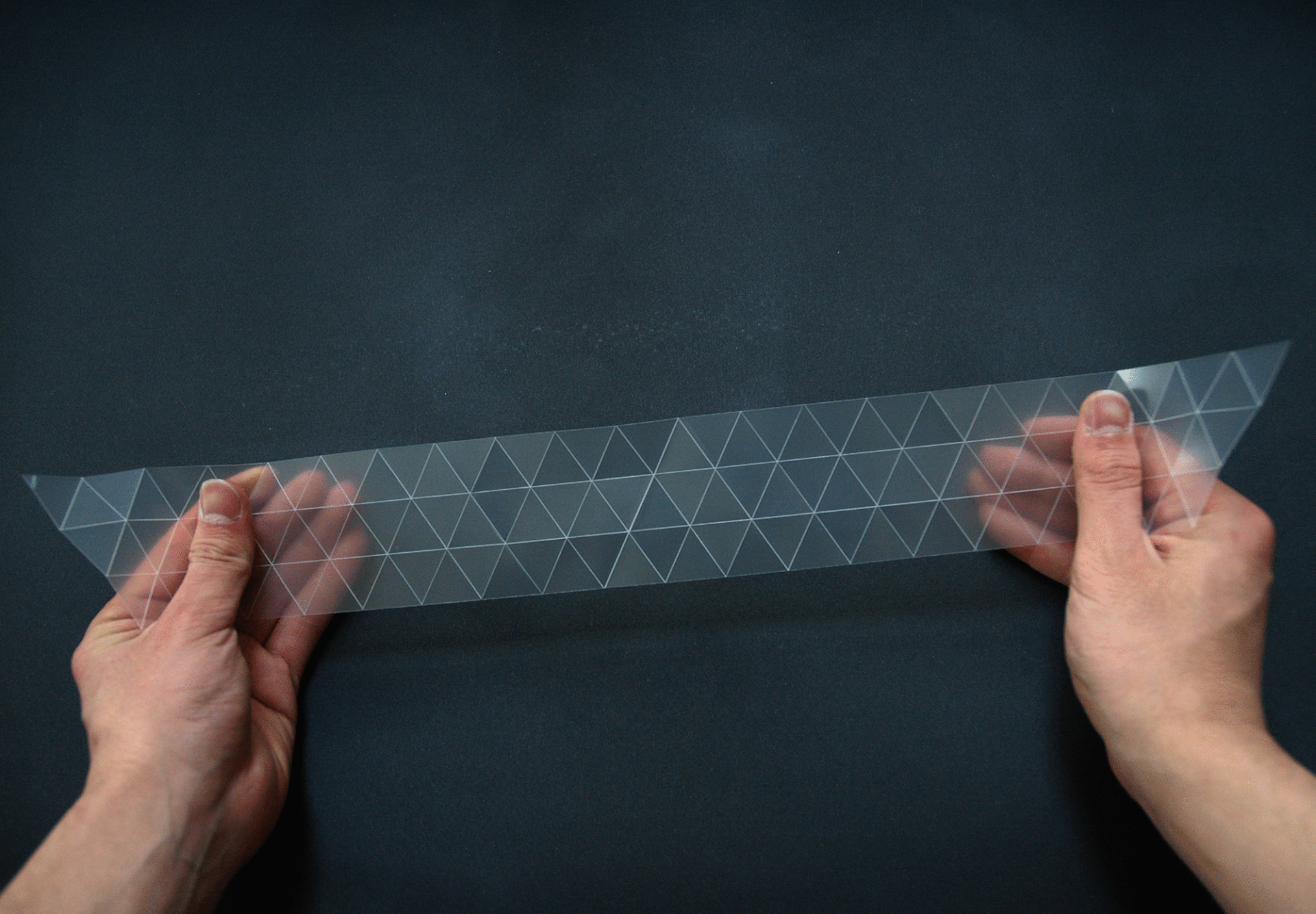
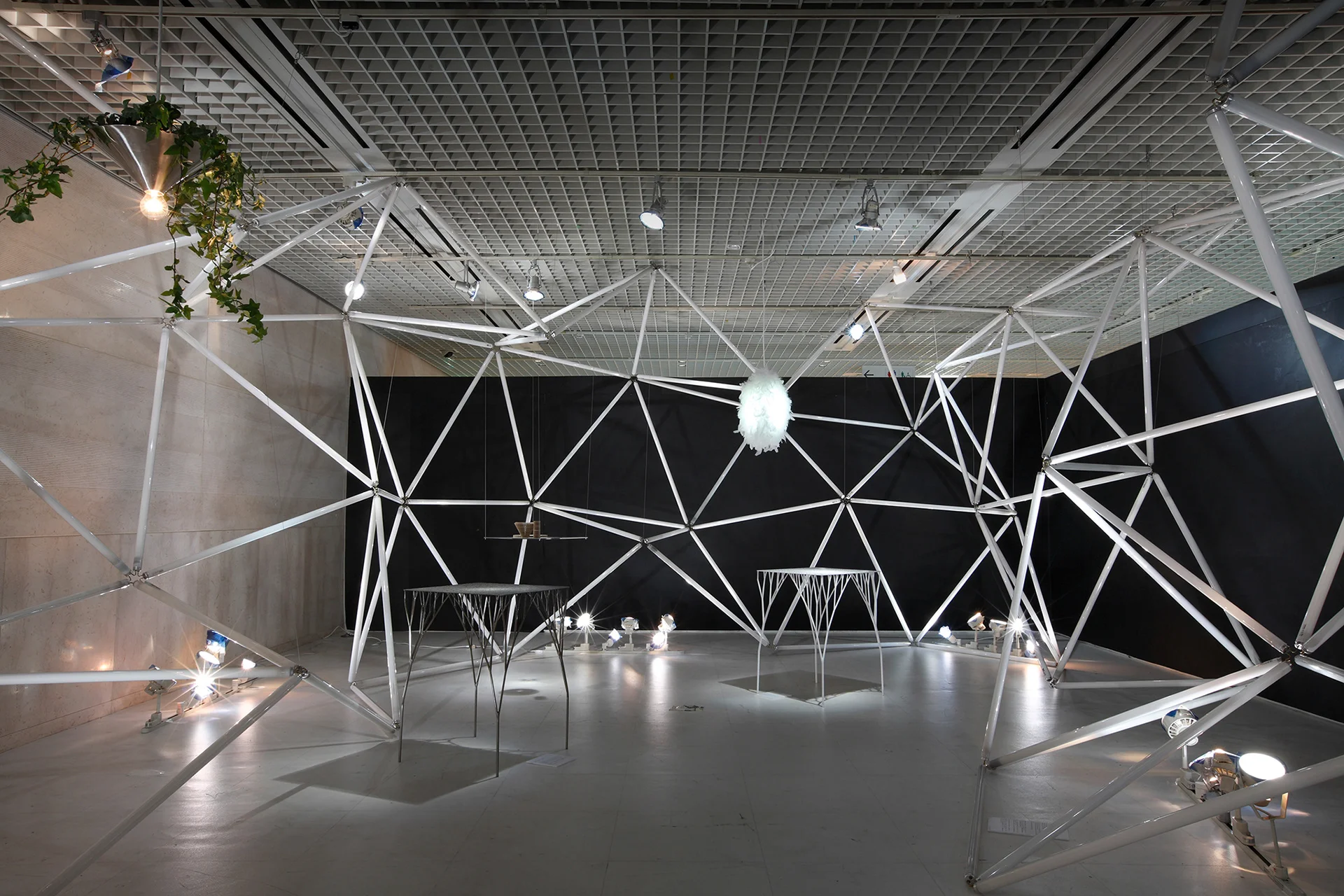

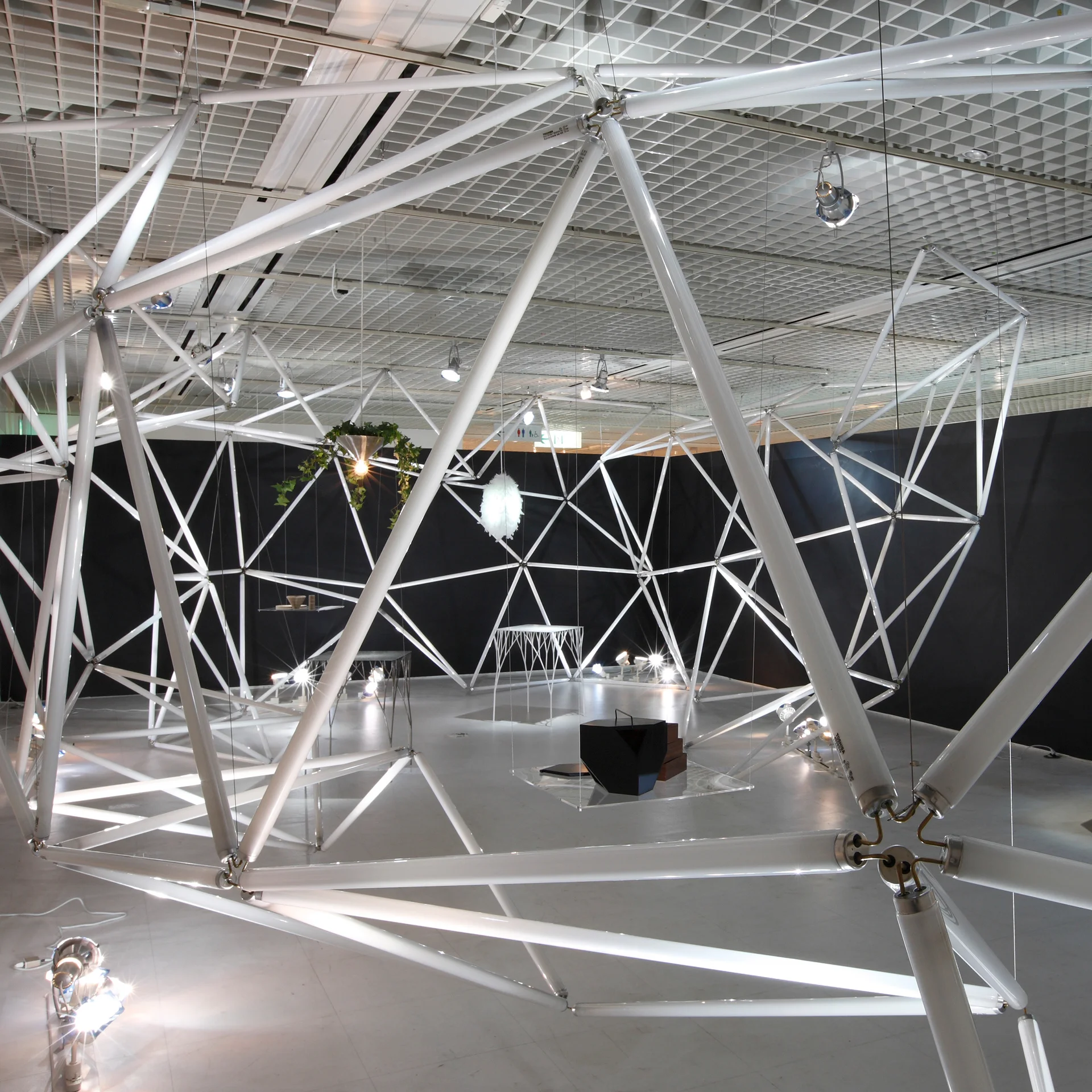
INFORMATION
- What
- FLUOLESS
- When
- 2008
- Where
- Japan
- Scope
- Installation design
- SDGs
CREDIT
- Art Direction
- Eisuke Tachikawa
- Space Design
- Eisuke Tachikawa
- Photograph
- Masaharu Hatta
